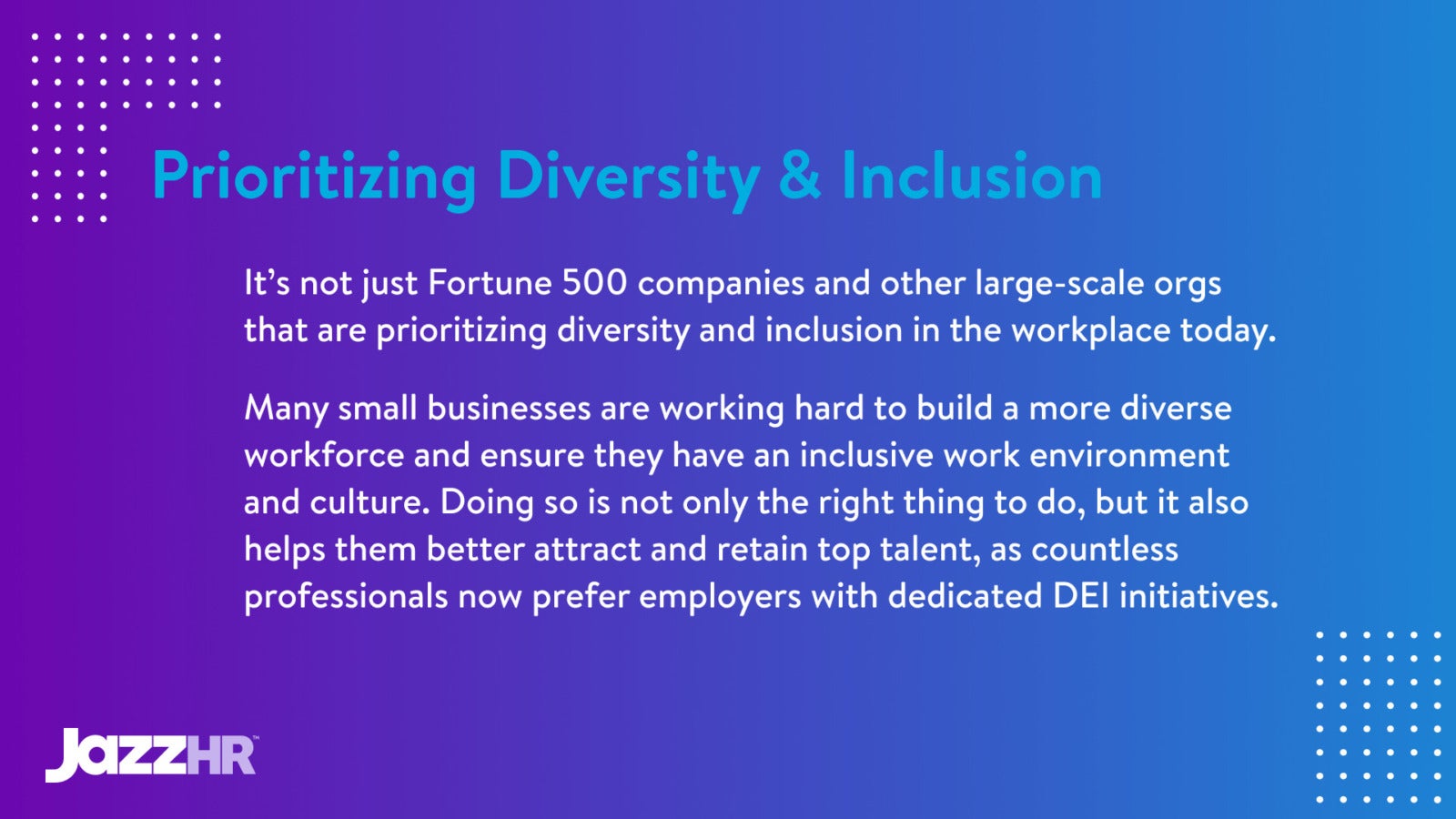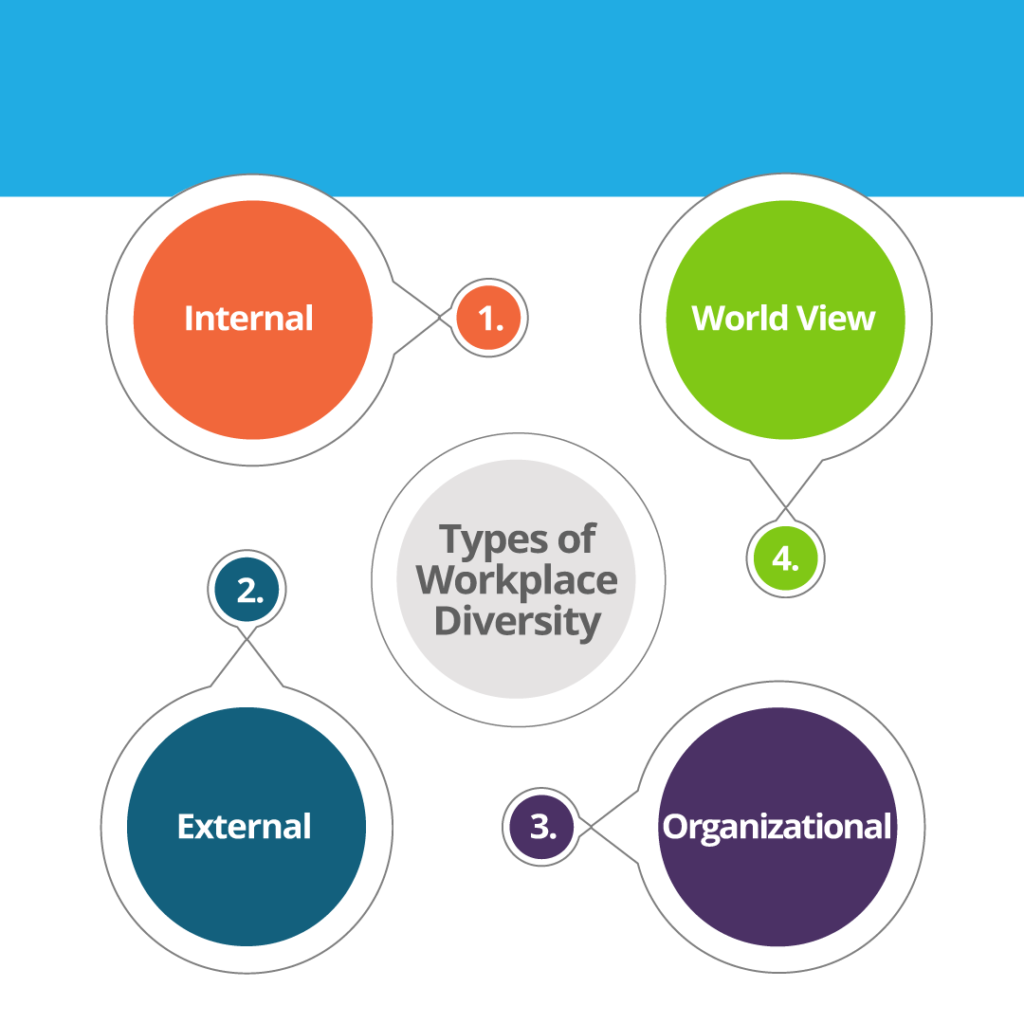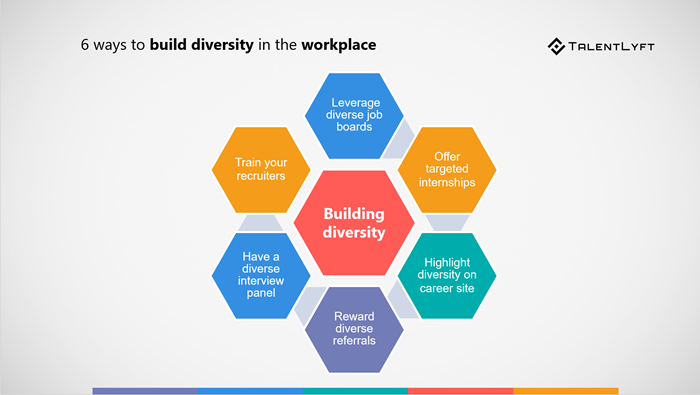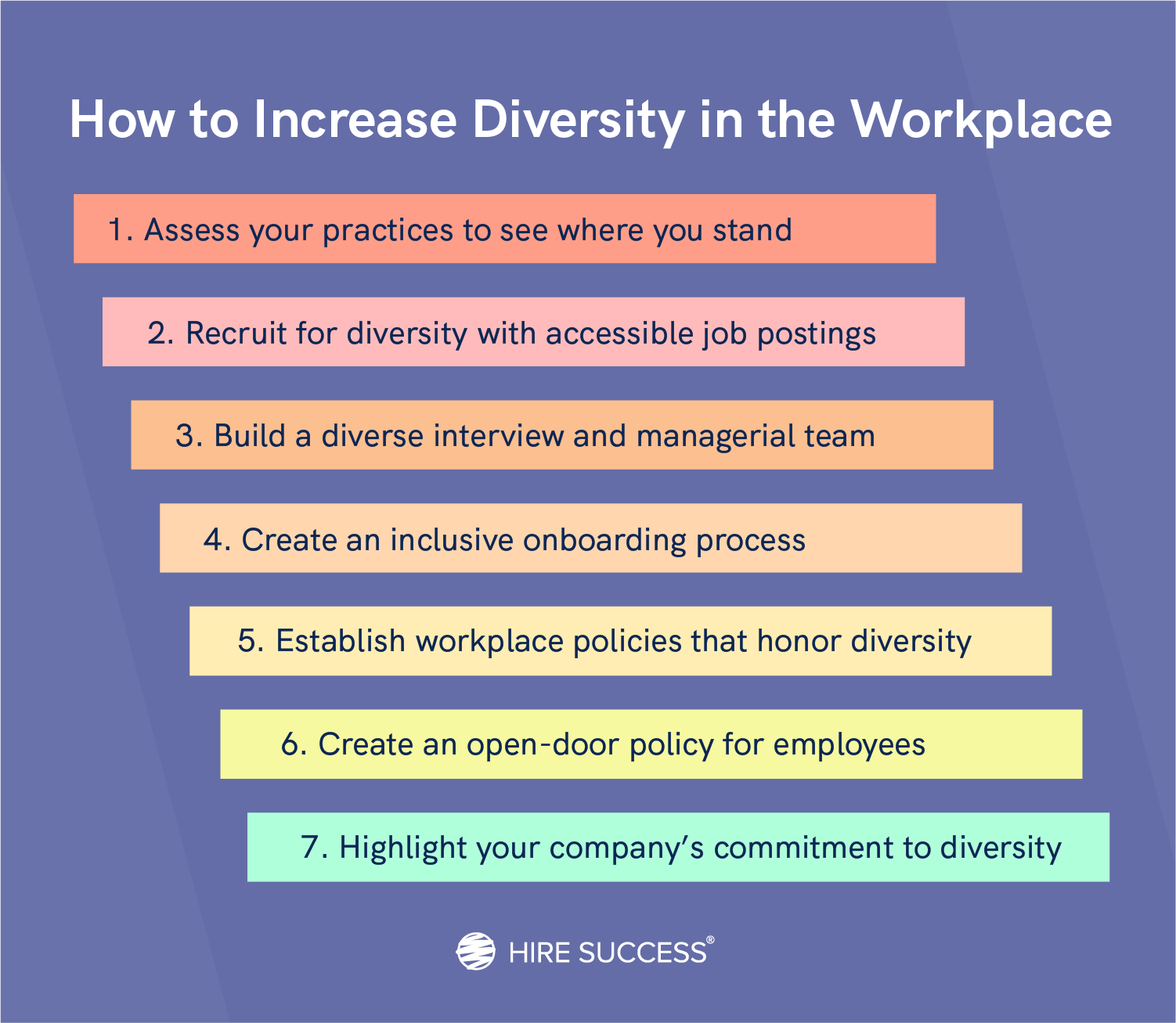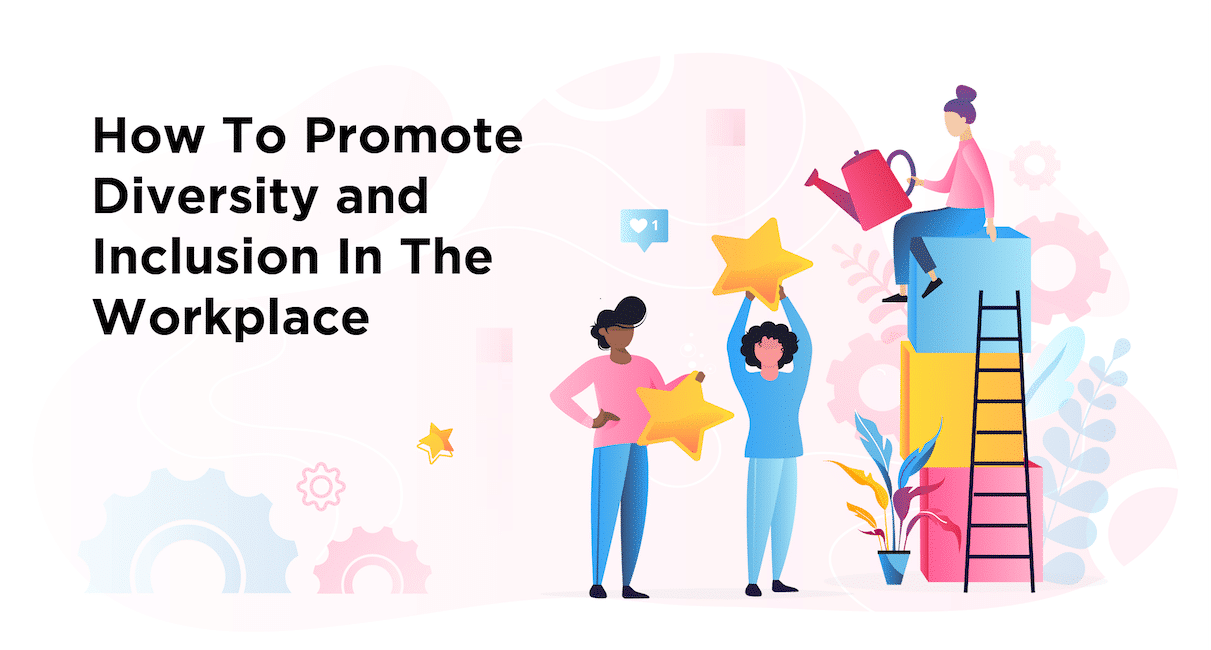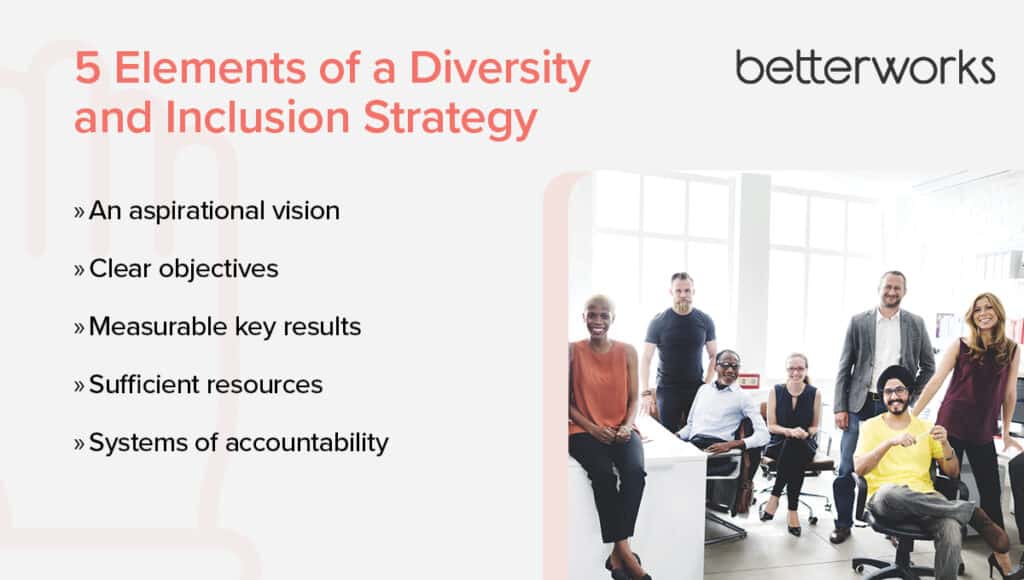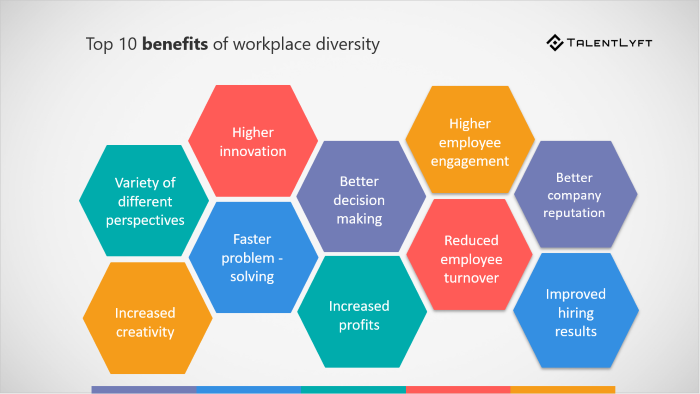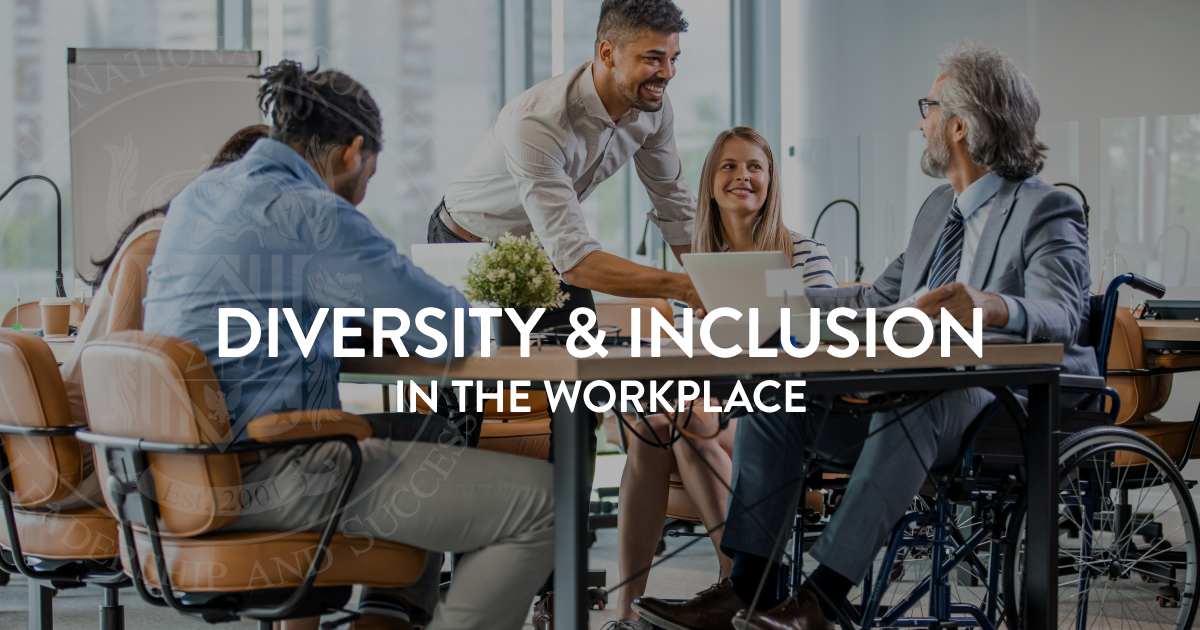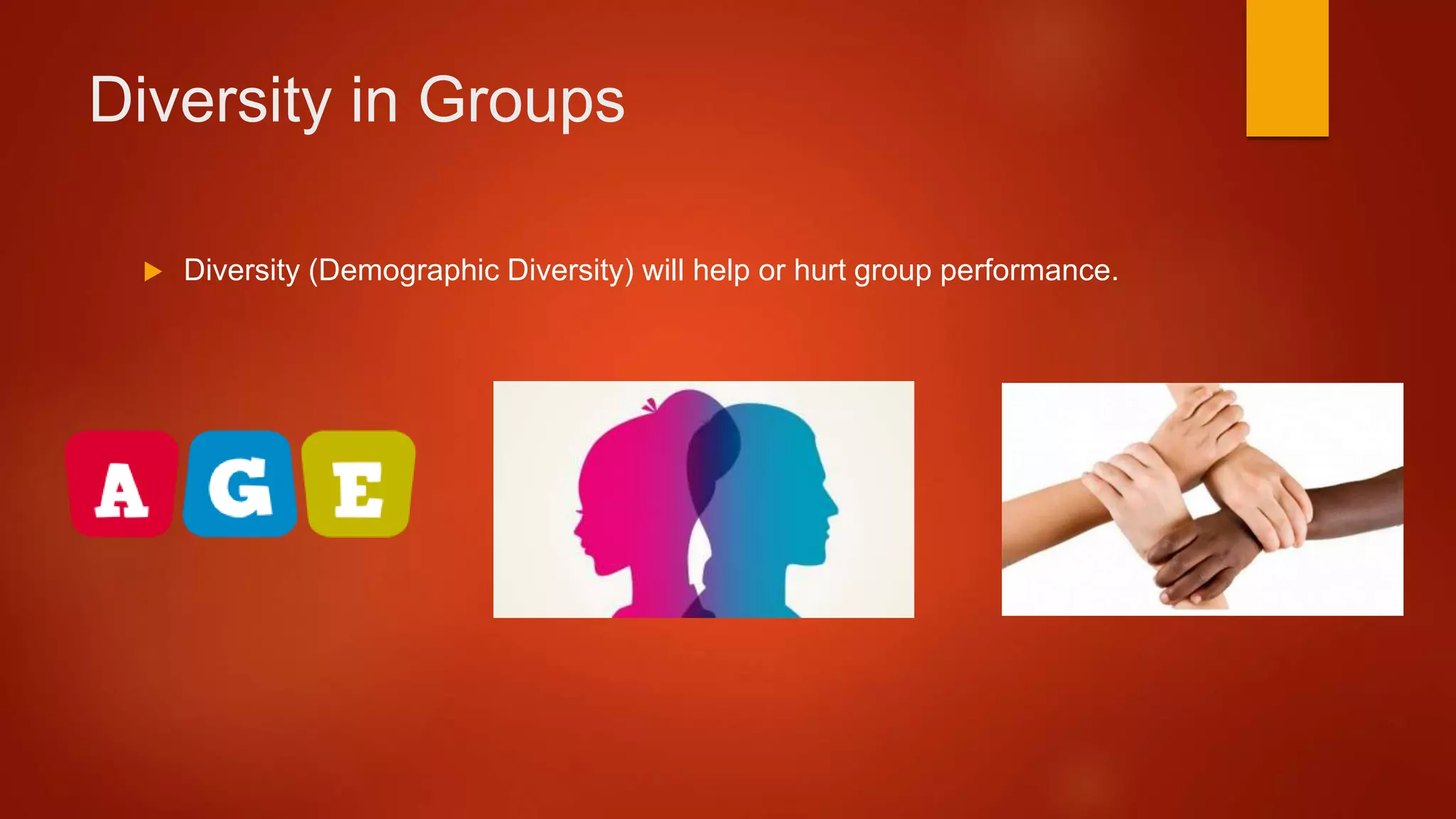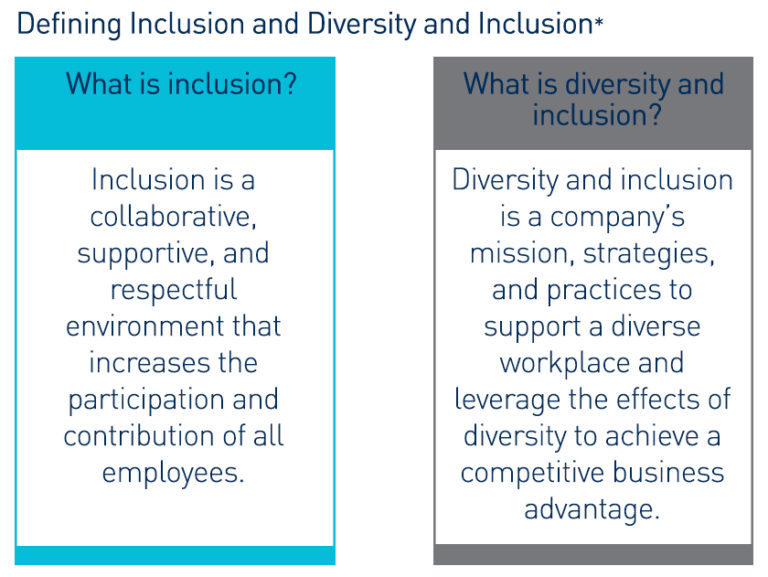How To Promote Diversity In Organizations
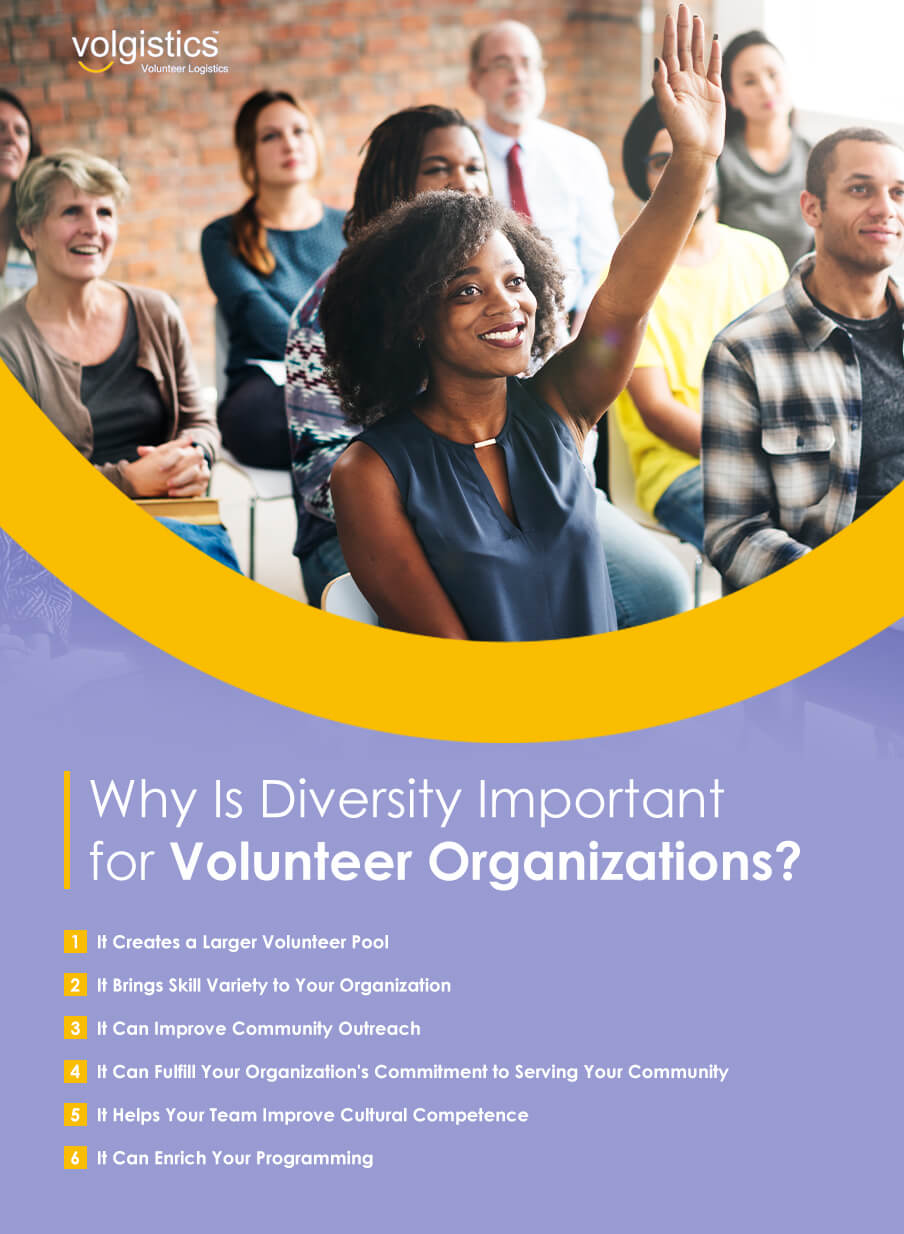
In today's rapidly evolving global landscape, organizations are increasingly recognizing that a diverse workforce is not merely a matter of social responsibility, but a critical driver of innovation, performance, and competitive advantage. Yet, fostering genuine diversity and inclusion remains a complex and often challenging endeavor. Many companies struggle to move beyond superficial gestures and implement strategies that truly create a welcoming and equitable environment for employees from all backgrounds.
This article delves into the actionable strategies and best practices that organizations can adopt to effectively promote diversity, equity, and inclusion (DEI) within their ranks. It examines key areas such as recruitment, training, leadership development, and organizational culture, drawing upon insights from industry leaders, academic research, and data-driven approaches. The goal is to provide a practical roadmap for organizations committed to building a truly diverse and inclusive workplace where every employee can thrive.
Building a Diverse Pipeline: Recruitment and Hiring
One of the foundational steps in promoting diversity is ensuring a diverse applicant pool. This requires a proactive approach that goes beyond traditional recruitment methods.
Organizations should consider partnering with Historically Black Colleges and Universities (HBCUs) and other institutions that serve underrepresented communities. Targeted outreach can significantly increase the number of qualified candidates from diverse backgrounds.
Blind resume screening, where identifying information is removed, can also help mitigate unconscious bias during the initial review process. This allows recruiters to focus solely on qualifications and experience.
Expanding Recruitment Channels
Relying solely on traditional job boards and internal referrals can limit the diversity of the candidate pool. Exploring alternative recruitment channels is crucial.
Consider attending diversity-focused career fairs and networking events. Partnering with professional organizations that support underrepresented groups can also provide access to a wider range of candidates.
Leveraging social media platforms to reach diverse audiences and showcasing the organization's commitment to DEI can attract talent who value inclusivity.
Cultivating an Inclusive Culture: Training and Development
Creating a diverse workforce is only half the battle. Cultivating an inclusive culture where all employees feel valued, respected, and empowered is equally important.
Comprehensive DEI training programs are essential for raising awareness of unconscious biases and promoting inclusive behaviors. These programs should be ongoing and tailored to different levels of the organization.
Mentorship and sponsorship programs can provide invaluable support and guidance for employees from underrepresented groups, helping them advance in their careers. These programs should pair employees with senior leaders who can advocate for their development and provide access to opportunities.
Addressing Unconscious Bias
Unconscious biases can significantly impact decision-making, from hiring to performance evaluations. Addressing these biases is critical for creating a fair and equitable workplace.
Organizations should provide training on identifying and mitigating unconscious biases. This training should include practical strategies for challenging biased assumptions and promoting more objective decision-making.
Implementing structured interview processes, with standardized questions and scoring rubrics, can help reduce the influence of bias in hiring decisions. Regular feedback and performance reviews should also be based on objective criteria.
Leadership Commitment and Accountability
Effective DEI initiatives require strong leadership commitment and accountability at all levels of the organization. Leaders must champion diversity and inclusion as core values and hold themselves and their teams accountable for progress.
Setting measurable DEI goals and tracking progress against those goals is essential for driving accountability. These goals should be integrated into performance evaluations and compensation structures.
Leadership development programs should include training on inclusive leadership, equipping leaders with the skills and knowledge to effectively manage diverse teams and promote a culture of belonging.
Measuring and Tracking Progress
Regularly assessing the effectiveness of DEI initiatives is crucial for identifying areas of improvement and ensuring that efforts are yielding positive results. This requires collecting and analyzing data on diversity representation, employee engagement, and other relevant metrics.
Employee surveys can provide valuable insights into employees' experiences and perceptions of inclusivity. Analyzing this data by demographic groups can help identify disparities and areas where interventions are needed.
Organizations should be transparent about their DEI progress and share their findings with employees and stakeholders. This transparency fosters trust and demonstrates a commitment to continuous improvement.
"Diversity is being invited to the party; inclusion is being asked to dance," – Verna Myers, a prominent DEI advocate.
Moving Forward: A Continuous Journey
Promoting diversity and inclusion is not a one-time fix, but an ongoing journey that requires sustained commitment and effort. Organizations must be prepared to adapt their strategies and approaches as they learn and grow.
Staying informed about best practices and emerging trends in DEI is essential for ensuring that initiatives remain relevant and effective. Participating in industry forums and collaborating with other organizations can provide valuable insights and learning opportunities.
By embracing a data-driven approach, fostering a culture of continuous improvement, and prioritizing leadership commitment, organizations can build truly diverse and inclusive workplaces where every employee can thrive, contributing to innovation and success.

